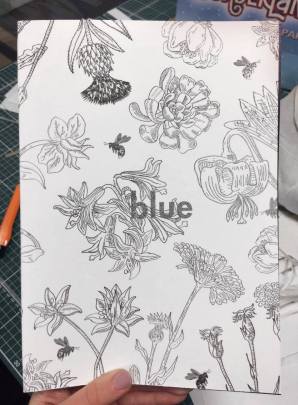Research generally falls into two different categories: qualitative and quantitative research. What is the difference between them?
Qualitative research is primarily exploratory research, and it’s used to gain understanding of people’s experiences, cultures, opinions, motivations and specific issues. As its aim is to explore a certain topic, it doesn’t involve the formulation of a hypothesis or tries to predict a certain result, and tends to be more subjective. For this reason, it can be more or less valid depending on the skill of the researcher, and it’s well suited for studies at an individual level.
Data gained through qualitative research are usually in the form of words and come from interviews, documents, focus groups and observations. The sample size is typically small, and the kind of questions it tries to answer to are the “what” and “how”. For example, a question asked in an interview aimed to get qualitative data could be “What are college student’s experiences in trying to coordinate study and social life?”
Quantitative Research’s aim, on the other hand, is to quantify attitudes, opinions, behaviours and other defined variables, collecting numerical data from a larger sample population in order to generate statistics, formulate facts and uncover patterns in research. Unlike qualitative research it uses hypothesis and predictions, and collects measurable data through online and paper surveys, interviews, website interceptors and polls. It’s widely used within social sciences such as psychology, economics and marketing, answers to questions as “How much” or “How often”. For example, a question could be “What is the percentage of students who declare that they find hard to balance study and social life?”
Research methods like observations and questionnaires can provide both quantitative and qualitative information, as closed questions would gather quantitative data, while open-ended questionnaires provide qualitative information as they are descriptive in their response.

